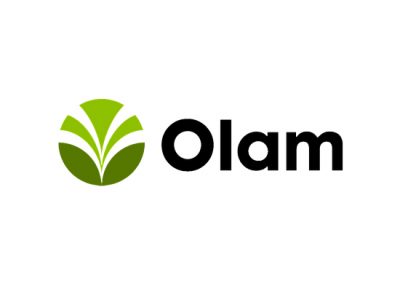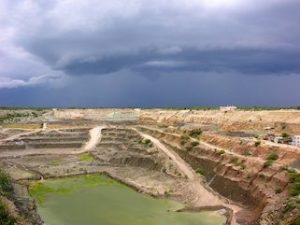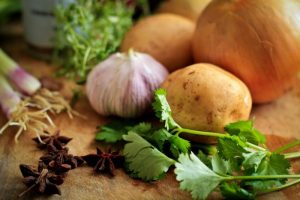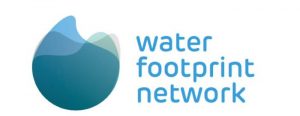Primary Functions
- Learn how Olam, a leading agri-business, saved 9.7 billion liters of water, 284 tons of nitrogen, 20,138 metric tons of greenhouse gas emissions and 4.6 million kwh of power through selective breeding of onions.
Detailed Description
Program rationale
Like all leading businesses, Olam has a focus on operational efficiency and cost control. With water being an essential input to both the growing and processing of onions, Olam recognised many years ago the potential significant business risk of not being able to secure the required water supplies due to local water availability constraints in California. As well as improving water availability, saving water also brings cost and energy savings and there are associated benefits in terms of reducing greenhouse gas emissions.
Olam’s Firebaugh facility is located within the water stressed Firebaugh watershed in Fresno County, California. The facility sources raw onions from approximately 60 growers in the region. Many of the growers are 2nd and 3rd generation onion growers for the business.
Program approach
Olam’s water stewardship approach in California is comprised of the following core elements:
- Onion selective breeding program – Olam’s Hanford Agriculture Research Facility has run a selective onion breeding program for many years. Even small gains in terms of breeding desirable traits such as increased solid content and lower water content of onions can deliver relatively large cost and environmental gains when applied to large production volumes.
- In-field water efficiency initiatives in collaboration with the growers – This includes drip irrigation systems that are buried beneath each onion row to water roots directly to eliminate evaporation and reduce water use. Growers have seen a 25% reduction in water usage with the drip irrigation system.
- Application of water stewardship principles using the Alliance for Water Stewardship (AWS) standard as a framework – In working through the various AWS principles with the support of World Wildlife Fund and EcoLab, Olam has broadened its perspective on water issues from solely a production facility level to the watershed level.





